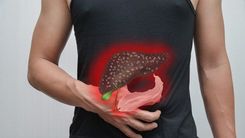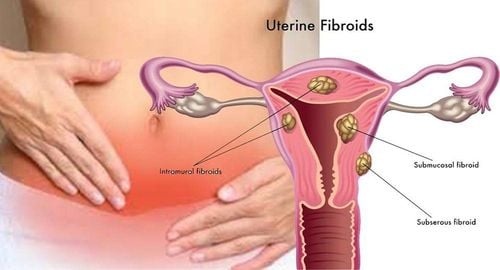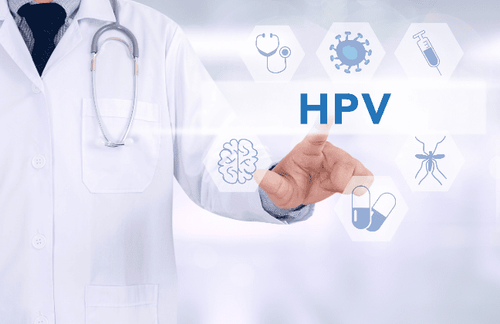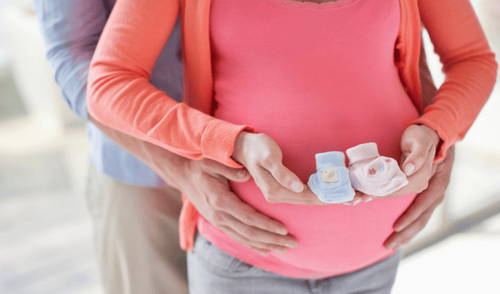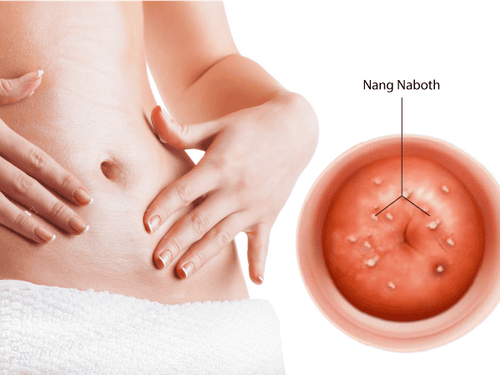Large fibroids can affect other internal organs, and there are various methods used in fibroid surgery such as open surgery, laparoscopic surgery, etc
1. What is a uterine fibroid?
A uterine fibroid, also known as uterine leiomyoma, is a benign condition of the uterus. Fibroids are tumors composed of smooth muscle cells and fibrous connective tissue, and they develop within the uterus. It is estimated that 70-80% of women will develop uterine fibroids at some point in their lives; however, not everyone will show symptoms or require treatment.
Along with the size and number of the tumors, the classification of the tumor can also affect the prognosis of treatment. Based on the location of the tumor, there are three main types of fibroids:
- Subserosal fibroids: These are the most common type of fibroid, where the tumor develops from the uterine muscle toward the outside of the uterus, forming a clear mass. In some cases, the tumor may have a stalk, causing torsion and necrosis of the fibroid.
- Intramural fibroids: These tumors are entirely within the uterine muscle, often causing the uterus to enlarge.
- Submucosal fibroids: These are the least common type of fibroid, where the tumor develops from the uterine muscle but grows toward the uterine cavity, lifting the endometrial layer. In some cases, the fibroid grows large enough to occupy the entire uterus. Some fibroids with a stalk may protrude outside, leading to infection.
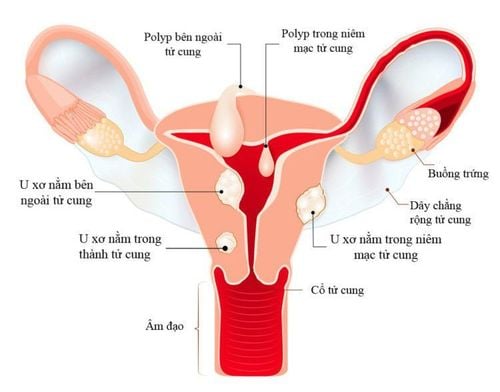
2. What size of fibroids should be removed?
Case 1: For fibroids smaller than 50mm and with no clear symptoms of uterine fibroids
Women can conceive normally. However, the patient needs to be closely monitored throughout the pregnancy and postpartum to observe the condition of the fibroid. In some cases, after delivery, hormonal changes can cause the fibroid to shrink, making its removal easier.
Case 2: For fibroids larger than 50mm or with symptoms and complications of uterine fibroids
The patient needs to undergo surgery to remove the large fibroid before pregnancy. Women can conceive normally about one year after the surgery. Delaying pregnancy after surgery helps reduce the risk of miscarriage due to the uterus not being fully healed.
The decision to preserve or remove the uterus entirely depends on the size of the fibroid and the patient’s wishes. In the case of myomectomy for women who have never given birth, recurrence may occur, and the patient may need to undergo surgery again. A partial hysterectomy may also be applied depending on the specific situation.
3. Symptoms of uterine fibroids
Uterine fibroids are often asymptomatic and are detected incidentally during a gynecological examination, ultrasound, or fertility evaluation. For large uterine fibroids, the following symptoms may appear:
- Menstrual disorders: Heavy periods, prolonged cycles, irregular periods, bleeding between cycles. Excessive bleeding can lead to anemia.
- The patient may experience pain, a feeling of fullness, lower abdominal pain, or pain in the rectum or pelvic area. If the fibroid is large, it may exert pressure on nearby organs such as the bladder, leading to frequent urination, sometimes causing difficulty urinating, or putting pressure on the rectum, causing constipation or pain during defecation. Pressure on the intestines or stomach may cause digestive issues.
- Difficulty conceiving or infertility.
4. Are large fibroids dangerous?
Large fibroids can put pressure on surrounding internal organs, causing dangerous health problems such as compressing the ureter or bladder, leading to water retention in the kidneys, enlargement of the ureters and kidneys, formation of urinary stones, urinary tract infections, and kidney infections.
Large fibroids exert pressure on the intestines, which may cause constipation, pain during defecation, as well as chronic bladder and intestinal spasms. Pressure on veins can cause swelling and edema in the lower limbs. Uterine fibroids can also lead to infections at the site of the fibroid or spread to nearby organs, potentially spreading throughout the body.
Large fibroids with a stalk or torsion under the peritoneum are a common but very dangerous complication. This condition can quickly cause inflammation in the peritoneal area. If not treated promptly, the patient could face the risk of death.
During pregnancy, this condition may cause obstetric problems such as ectopic pregnancy, miscarriage, preterm birth, or affect the ability to conceive naturally and increase the risk of infertility.
Women should have regular gynecological check-ups, especially those in their teenage years and adulthood, to detect early risk factors or initial signs of fibroids. Especially, if there are any unusual symptoms such as abdominal enlargement, abdominal pain, heavy bleeding, or uterine bleeding, women should immediately visit a healthcare facility for examination and timely intervention to avoid dangerous complications.
5. How to treat large fibroids?
The goal of treatment is to relieve abnormal symptoms (such as bleeding, pain, etc.), symptoms arising from the pressure of the fibroid on surrounding organs, and reduce the size of large fibroids.
Treatment for uterine fibroids includes monitoring the progression, medical treatment, or surgery. The choice of intervention depends on the health condition and personal factors of each patient, including:
- The size and location of the fibroid: If the fibroid is small and does not cause symptoms like heavy bleeding or bleeding, monitoring and periodic checkups or medical treatment may be applied. In cases of large fibroids causing the aforementioned symptoms, surgery may be necessary. The choice between preserving the uterus or removing it depends on the patient's specific health condition.
- Associated symptoms (such as heavy bleeding, bleeding, pressure, pain, infertility).
- Menopausal status.
- The patient's wishes and financial capability (including costs, convenience, desire to preserve the uterus, and potential side effects).
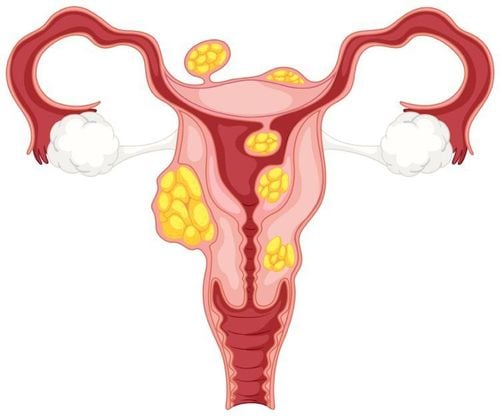
With the advancement of modern medicine, there are various surgical methods for large fibroids, including open surgery, conventional laparoscopic surgery, and robotic laparoscopic surgery. Vinmec International General Hospital is a pioneer in robotic surgery for treating gynecological issues. At the Vinmec Times City Robotic Surgery Center, we use the Da Vinci robot – a robot made in the USA. This advanced robot features a sophisticated and modern design with four flexible arms resembling human hands, meeting the high demands during surgery.
Among the surgical methods, robotic surgery is highly valued due to several advantages compared to conventional surgery:
- Unrestricted vision and clear imaging with high accuracy.
- Access to harder-to-reach areas compared to conventional surgery.
- Safer, minimizing the risk of infection.
- Reduced pain and blood loss, and shorter recovery time.
- Small incisions, ensuring cosmetic benefits.
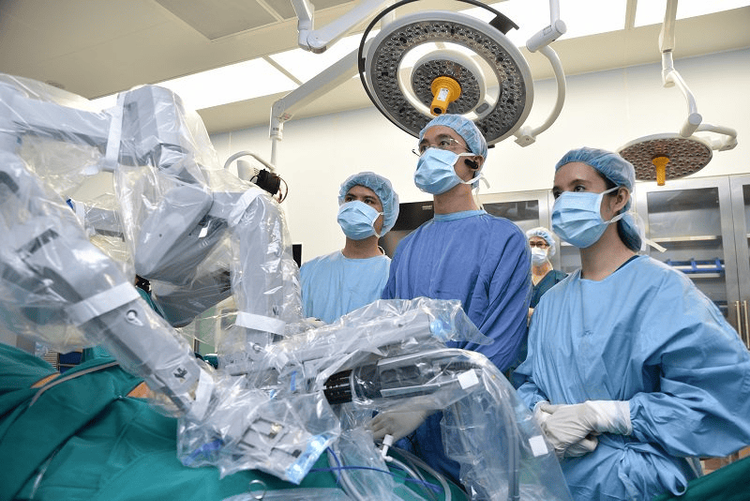
Vinmec not only possesses modern medical equipment but also has a team of highly qualified doctors with extensive experience. When patients choose to treat large fibroids here, they can enjoy several notable benefits:
- Doctors and medical staff provide 24-hour care for at least three days after surgery.
- A team of experts including anesthesiologists, physiotherapists, and nutritionists assist patients in recovering as quickly as possible.
- Use of advanced monitoring equipment such as heart rate monitors, blood pressure, and pulse measurement, continuously 24/7.
- Personal nursing services with a team of professionally trained nurses to ensure the best care for patients after surgery.
To arrange an appointment, please call HOTLINE or make your reservation directly HERE. You may also download the MyVinmec app to schedule appointments faster and manage your reservations more conveniently.

